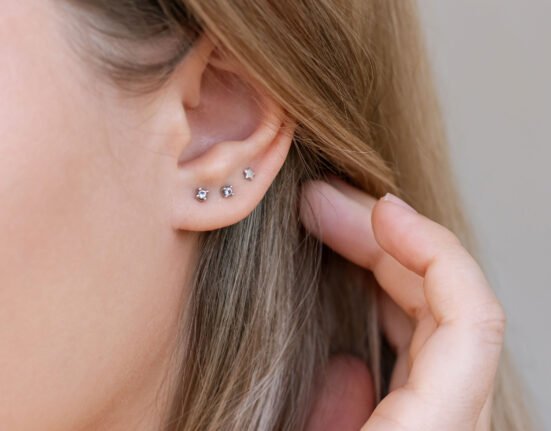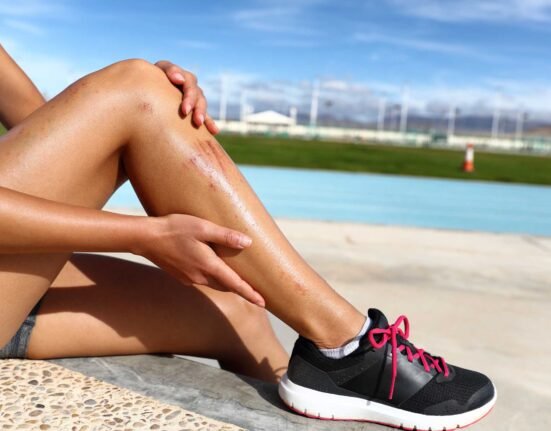Intense exercise often comes with the risk of injury, from scrapes caused by falls, small cuts, to wounds from friction.
Whether you’re playing soccer or just going for a jog, the possibility of getting hurt is always there. That’s why it’s important to treat wounds properly so they heal faster and you can return to your activities.
Why Sports Wounds Are Different
Sports-related injuries usually appear in areas such as the knees, elbows, or feet. These wounds face specific challenges that can slow down healing, such as:
- Excessive sweating creates a breeding ground for bacteria.
- Constant movement, which makes wounds prone to reopening.
- Frequent friction or impact from grass, sports equipment, or clothing can irritate the wound.
Because of this, sports wounds require wound care products that adhere well, are flexible, and remain comfortable even when you’re moving.
Common Types of Sports Wounds

Sports injuries vary depending on the type and intensity of the activity. Here are the most common ones:
1. Surface wounds
- Abrasions from friction with the floor, grass, or sports equipment.
- Small cuts (lacerations) caused by sharp objects like shoe nails, board edges, or sports gear.
- Bruises (contusions) from hard impacts.
2. Deeper tissue wounds
- Deep cuts that may require stitches.
- Puncture wounds caused by sharp objects like nails or needles on the field.
3. Wounds from friction or repetitive pressure
- Blisters on the feet or hands due to friction from shoes or equipment.
- Calluses from long-term pressure and friction.
4. Combination wounds
- Open wounds accompanied by bruising and swelling.
- Contaminated wounds from soil or dirt (such as from falling on the field) carry a higher risk of infection.
Tips for Treating Sports Wounds
1. Clean Immediately
Rinse the wound with clean water or saline solution. Avoid harsh antiseptics that can damage skin tissue.
Use wund+™ Wound Spray to remove dirt from the wound. It contains hypochlorous acid (HOCl), which effectively eliminates dust and bacteria while supporting natural healing.
2. Use Flexible Bandages
Regular bandages often peel off when exposed to sweat. Choose flexible ones that stick well, last longer, and support healing.
3. Watch for Signs of Infection
If the wound becomes red, warm, swollen, or starts discharging pus, it’s a sign of infection. Seek medical advice immediately.
4. Don’t Resume Sports Too Soon
Returning to exercise too quickly can cause the wound to reopen. Make sure the skin has healed completely—both externally and internally.
5. Protect Against Friction
Use protective padding or thin bandages to prevent the wound from rubbing against surfaces.
Sports injuries shouldn’t be taken lightly, but they also don’t have to keep you away from training for long.
With the right care and suitable products, healing can happen faster without compromising performance.
wund+™ Wound Spray makes wound cleaning more practical—even during practice. wund+™ Regeneration Cream helps support skin regeneration throughout the healing process, while wund+™ Scar Gel helps fade scars.
Stay active, stay safe, and let wund+™ be your recovery partner.
References
Celluheal. Accessed in 2025. How to Manage Wounds in Athletes: Special Considerations for Sports Injuries.
Hytape. Accessed in 2025. Managing Sports-Related Cuts & Abrasions to Keep You in the Game.














Leave feedback about this